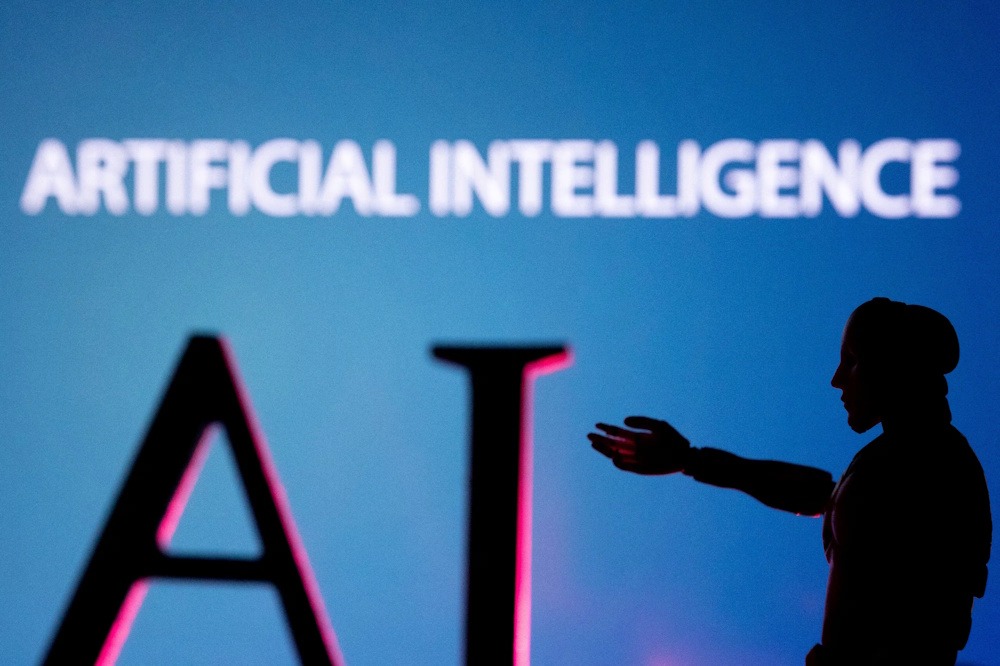
According to analysts, the surge in expenditure on artificial intelligence by large technology firms is indeed influencing the U.S. economy; however, they contend that this effect has been “more muted than often cited.” Prominent companies like Meta, Amazon, and Microsoft have initiated substantial investment strategies focused on AI models and the supporting infrastructure, aiming to leverage and capitalize on this emerging technology.
Capital expenditures by these hyperscalers have continued to rise and are poised to surpass those of U.S. broadband providers during the dotcom boom over two decades ago, when spending as a share of gross domestic product peaked at 1.1% in 2000. Expenditures by the leading five hyperscalers—Meta, Amazon, Microsoft, Alphabet’s Google, and Oracle—are projected to exceed $400 billion in the upcoming 12 months, an increase from $300 billion recorded in the second quarter. According to McKinsey, some $5.2 trillion will be invested in data centers worldwide between this year and 2030 to meet the increasing demand for AI.
However, analysts indicated that the real effect of AI capital expenditures on the U.S. economy is “probably smaller than the hyperscalers’ reported numbers imply,” in part due to the fact that a significant portion of the capital equipment utilized by these firms is imported. The imported share of U.S. tech capex may decline as the Trump administration advocates for increased reshoring of manufacturing, although this “could be a long process.” In the realm of stock markets, artificial intelligence emerges as a significant theme for investors, “even before it has shown up in the macroeconomic data,” the analysts noted, highlighting that the collective market value of the largest AI entities constitutes 33% of the benchmark S&P 500’s market capitalization.
Consequently, equity markets may “move before the economy,” similar to the scenario in which stocks reached their peak and subsequently fell ahead of a decline in capital expenditures in 2000, they contended. We are monitoring the free cash flows of the hyperscalers. Although they continue to exhibit considerable strength, a downward trend has emerged, paralleling the decline in overall cash holdings. A more significant deterioration in free cash flow could indicate that the AI capex boom is nearing its conclusion,” analysts noted.
